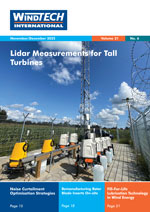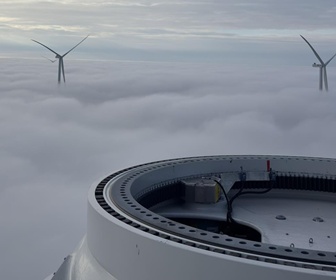The offshore wind workforce in the East of England must grow from 3,600 to over 11,100 by 2029 to meet UK national targets, according to a new report from the EastWind Offshore Cluster and Opergy. This represents a net increase of more than 6,500 roles over six years.
With a regional project pipeline totalling nearly 14 GW—including developments such as East Anglia Hub, North Falls, Norfolk Vanguard and Boreas, and Five Estuaries—the East of England is expected to be central to meeting the UK’s 50 GW offshore wind target by 2030. However, the report warns that this pace of expansion is already straining the local labour market.
Key findings include:
- Offshore wind workforce must reach 11,167 by 2029, falling slightly to 10,182 by 2030
- Management and project engineering roles projected to increase by over 1,699 positions
- Demand for mechanical and turbine technicians will rise by 1,120, civil construction by 580, and health, safety, environment and quality (HSEQ) professionals by 365
- Labour peaks will coincide with major national infrastructure projects such as Sizewell C and the Great Grid Upgrade, intensifying competition for skilled workers across sectors
- Training capacity is currently constrained by instructor shortages, underinvestment in facilities, and limited access to adult retraining
To address these challenges, the report outlines 12 strategic actions for government, industry and education providers. These include support for recruiting instructors, reform of the Growth & Skills Levy, development of shared apprenticeship models, and alignment of curricula using the Energy Skills Intelligence Hub.










